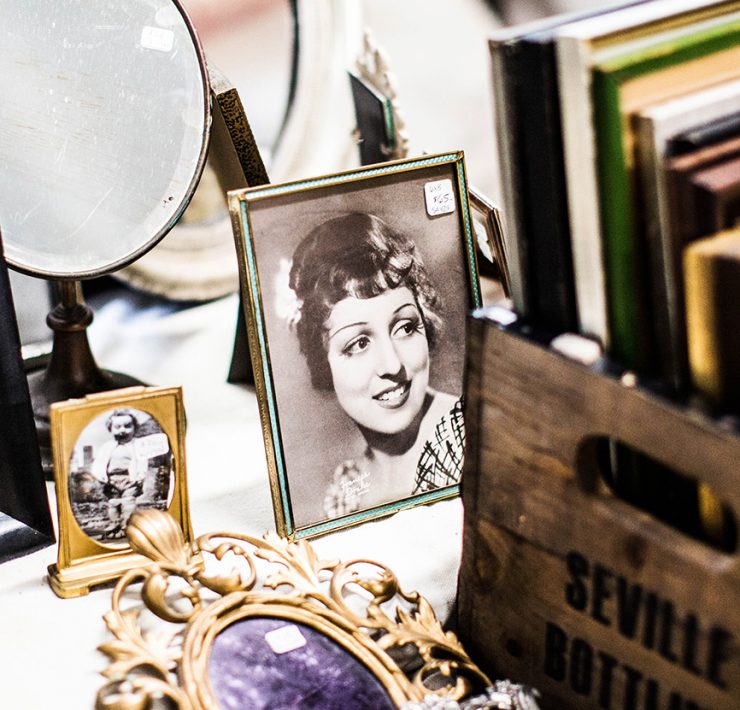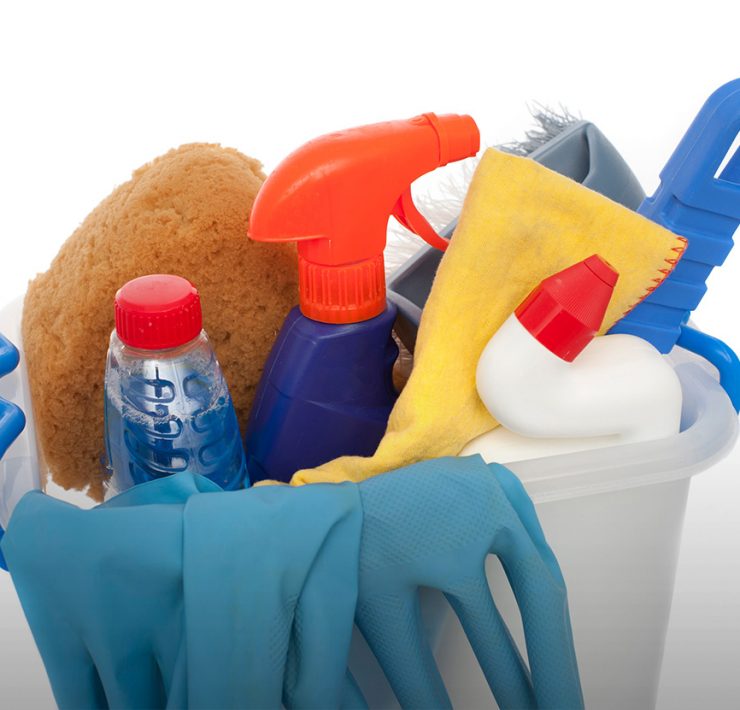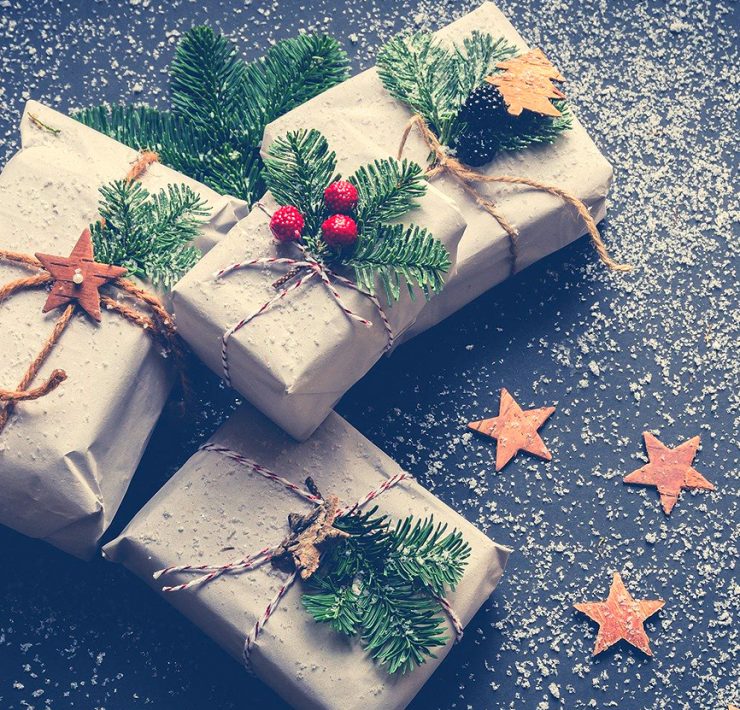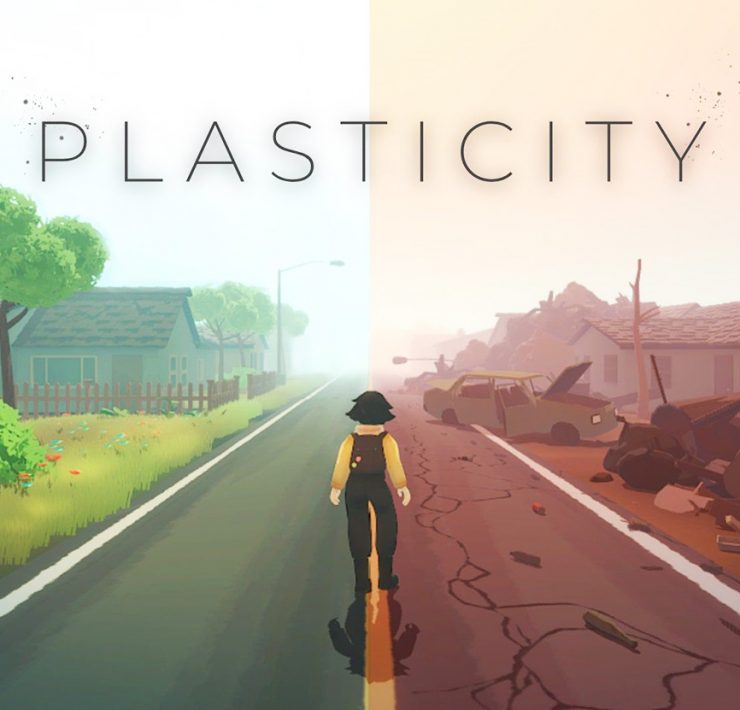Will you join the Plastic Free July campaign?
- If you haven’t already begun your journey towards sustainability, here’s some inspiration for you to get started and take up the plastic-free challenge.

Shraddha Uchil is the consulting features editor at Ethico. After…
What started as a small movement by the Plastic Free Foundation in Australia in 2011 has now turned into an influential global environmental campaign. Less than a decade later, millions of people around the world participate each year in the Plastic Free July campaign, with many participants committing to reduce their plastic usage even beyond just this one month.
If you have been considering going plastic-free but haven’t yet figured out how, this is a great month to start your journey! To help you along, we spoke to six individuals who have reduced plastic waste in different areas in their lives. The hope is to inspire you to either start out small, or really challenge yourself.
‘I made note of brands’ eco-friendly practices’
In 2019, Mumbai-based independent journalist Joanna Lobo embarked on a mission: to reduce her usage of plastic. She joined Facebook groups dedicated to living a zero-waste life, and started actively following relevant bloggers and influencers. She started small, she shares, replacing plastic toothbrushes with bamboo ones, and carrying tiffins to pick up food from nearby restaurants.
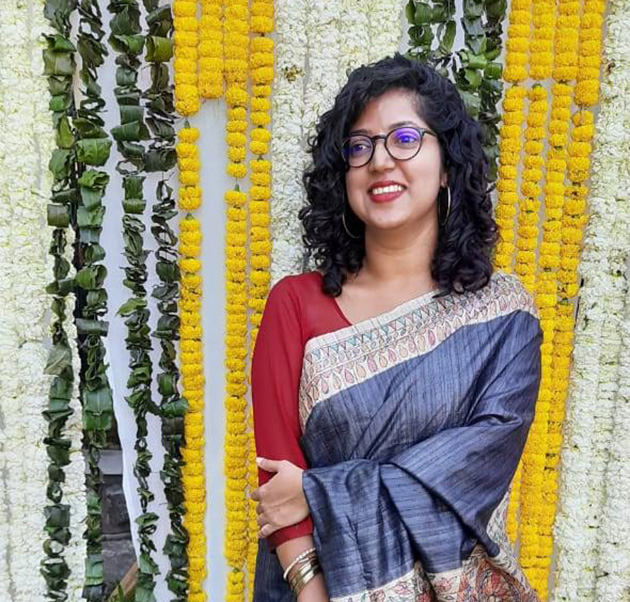
But there was one area where she really wanted to make a change, which was proving difficult. “As a journalist who writes on food and gets invited to restaurants and events, I used to get an assortment of food, gift baskets sent home for tastings, etc. I began making note of these brands’ eco-friendly practices, and I started telling them to ensure that there was no plastic in my packaging,” she says. If she happened to receive a package that made use of plastics, she would politely decline it. Slowly, brands started paying attention. “Most then started sending me packages in cloth, bamboo baskets, glass bottles I could reuse, and more.”
These days, though the pandemic has increased the amount of plastic entering her home, Joanna still tries to ensure her shopping is eco-conscious by supporting brands that make an extra effort to be friendly to the environment.
‘I am a conscious pet parent’
Saritha Sudhakaran is an urban designer and the founder of Waste Less Project, which aims to guide beginners on their waste management journey. She is also a pet parent to a five-year-old cat, whom she and her husband ended up inadvertently adopting a couple of years ago. “She was an outdoor cat, but she would keep entering our house through a window. So we started feeding her. When we moved homes around a year later, she had become a part of our lives, so she came along. Now, she’s a completely indoor cat,” says Saritha.
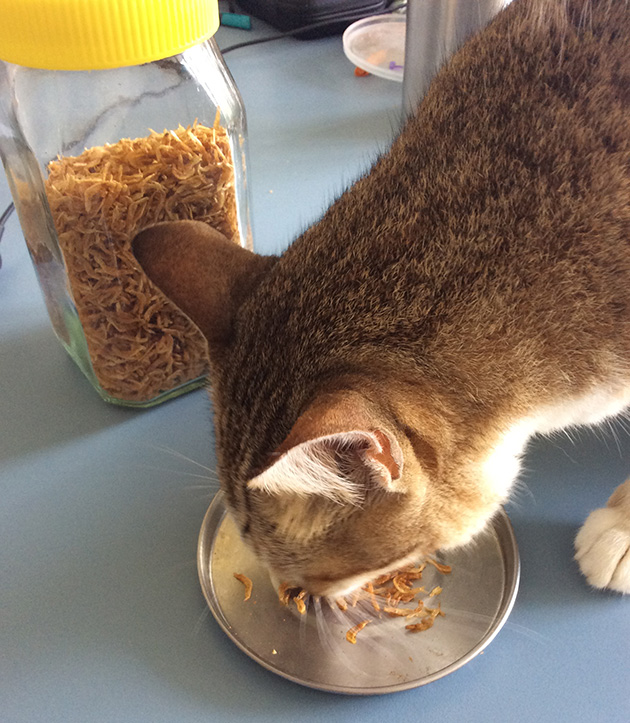
She shares that when it comes to cats, food and litter are the two main aspects where plastic waste is generated. A lot of pet parents opt to feed their cats readymade wet and/or dry food, which is most often packaged in plastic. “If you can, offer your cats fresh meat and fish cooked at home. I also like giving my cat dried prawns. If cooking fresh food is proving difficult, my advice is to at least swap out plastic food packets for canned cat food. The metal can then be recycled,” she says. If you plan on making a switch, Saritha cautions to make the transition slowly, as cats don’t take too well to sudden changes.
Litter can be a slightly more complicated issue to tackle. “We did try biodegradable litter for a while, but it is very expensive and wasn’t fully biodegradable in my experience. So, I started researching alternatives. I tried newspaper pellets, which also didn’t work well for me. Now, I use sawdust, which I source from a neighbourhood carpenter. I use a sieve with slightly bigger holes to get all the splinters out before putting the sawdust in her litter box.” She adds that while it doesn’t clump like regular litter, if you clean it daily, you won’t face any issues.
‘I carry a glass bottle with me wherever I go’
Over two years ago, Sunny Amlani decided to pay attention to the amount of plastic he was using in his daily life. “It started out with me ditching plastic straws and replacing it with a steel one. Next came bamboo toothbrushes. Now, I was trying to figure out where else in my life I could make a change. My work, both as a digital marketing consultant and as a tour guide, requires me to spend a lot of time outdoors, in meetings or on foot. There was a perfect opportunity here. I decided to stop buying bottled mineral water and started carrying a glass bottle filled with water everywhere I went,” he says.
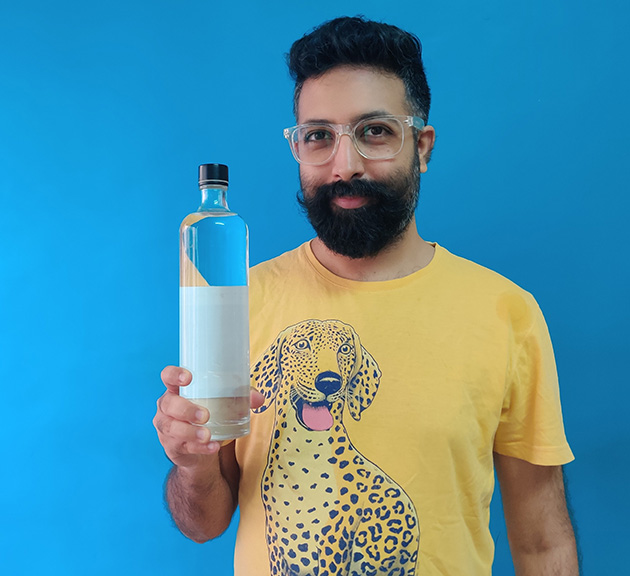
Sunny shares that when he is leading tours, he even encourages guests to carry their own bottles of water if possible. It might not always work, but something else does. “If you carry an attractive glass bottle, it catches people’s attention. They ask about it, and then you can talk about why you have made the switch from plastics. It gets the conversation around eco-consciousness going,” he says.
According to Sunny, everyone knows plastic is problematic, but the problem is people don’t see how it affects them. “It tends to remain a social cause. So you have to make sustainability a point of conversation without sounding preachy.”
‘I completely ditched disposable diapers for my baby’
“I was introduced to the concept of cloth diapering when I was pregnant,” says Goa-based fashion designer Falon D’Cruz. “When I visited a family friend, I saw that she was using cloth diapers on her son. Based on what I had heard from others about the convenience of disposables, I had assumed using cloth would be unmanageable, but I found it inspirational to watch my friend manage so beautifully.”
Falon is a mom to 9-month-old Zoe, whom she has been exclusively cloth diapering for six months now. She shares that apart from her concern for the environment, there was another reason why she chose cloth diapering over disposables. “Even with disposable sanitary napkins, a lot of women suffer from rashes, so it’s the same concept with babies, right? I wanted better for my baby’s skin.”
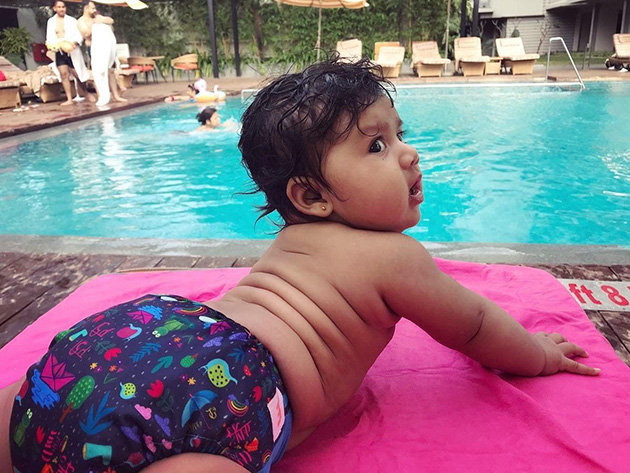
Falon mentions that she did face a few challenges when she started, like getting the fit of the diaper right, and figuring out how to manage laundry, but once she had figured out a way to go about it, it became easy and routine.
She says, “I know it’s very difficult to do a lot in terms of being responsible for your plastic use. A lot of stuff we buy from the store is already packaged in plastic, and we don’t always have control over those things. So, for me, ditching disposable diapers was something I could really control, and I am happy I went through with it.”
‘I have been using a menstrual cup for nearly six years’
“Until recently, there was little to no awareness about menstrual cups. The options available to us here in India for the longest time were pads and tampons. But a friend who was visiting from Australia told me about cups, and on my first trip to the US, I ended up picking one for myself,” says photographer and filmmaker Tina Nandi. That was nearly six years ago. Today, she uses a combination of cloth pads and her trusty cup, but is quick to share that she prefers the latter for its ease of use.
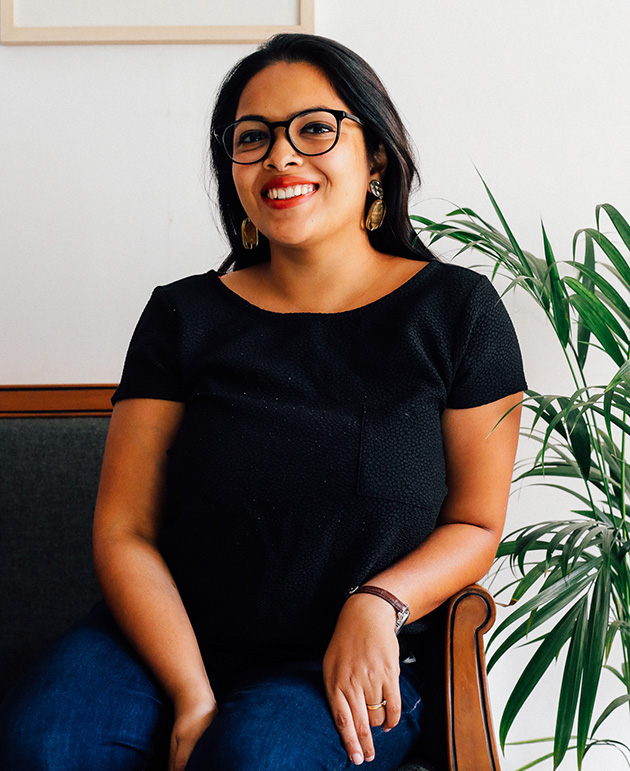
She admits that there is a learning curve involved when you switch to a menstrual cup, but that once you get used to it, you are unlikely to ever turn back. After all, there are many advantages to using a cup — they don’t dry the vagina like tampons do, they are not associated with toxic shock syndrome, they don’t pile up in landfills, and they’re very economical in the long run as they can be reused for several years.
Tina says, “There is yet another advantage, as I am now learning. With supplies being difficult to come by in this pandemic, I realised that thanks to my cup, my menstrual cycle is the last thing I need to worry about. I don’t need to go hunting for tampons. I have my cup, and I am sorted.”
‘I said no to plastics at work’
Artist and designer Nishita Surin puts as much love and effort into going plastic-free as she does when it comes to her art. Her work, in fact, is a marriage of these two passions. “I don’t want to create art that harms the environment,” she says, adding, “For instance, I’ve seen some beautiful work come out of resin pouring techniques, but I would personally never attempt art involving the use of epoxy resin, which is a type of plastic.”
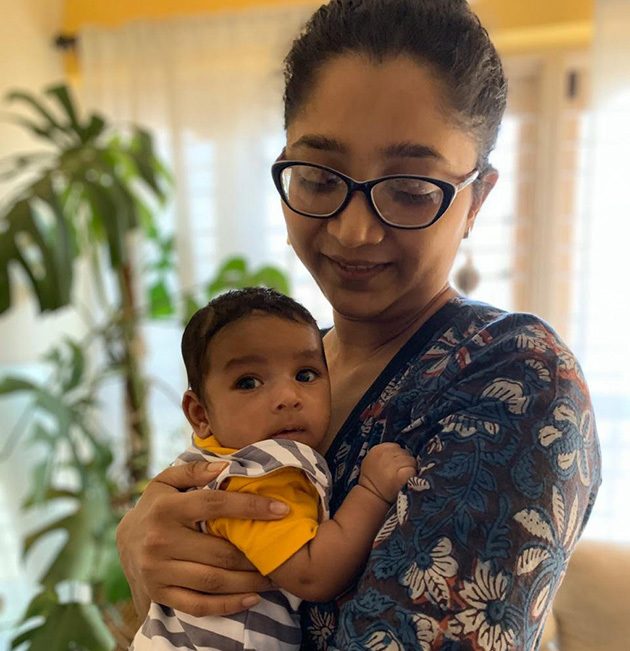
Nishita sells handmade paper journals through her brand page on Instagram, and shares that she has found an innovative way to package and ship the products she sells. “There is a lot of paper wastage involved when I’m making my books. So, I make use of the scrap paper cuttings as packing material while wrapping the books. Even during the monsoon, at the most, I use a layer of butter paper to make the packaging waterproof, but I’d never resort to plastic,” she says. She also uses scrap paper to make miniature books, which she sells as keychains or pendants.
Shraddha Uchil is the consulting features editor at Ethico. After nearly a decade writing about food and culture for major publications, she has currently settled into her role as a new mum. Now, it’s time to consider how she can help preserve the world for generations to come.


